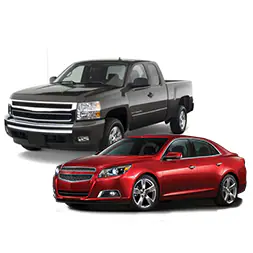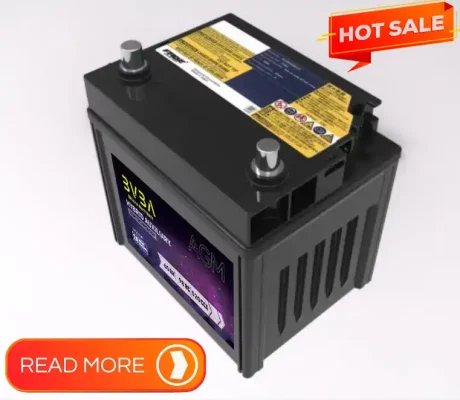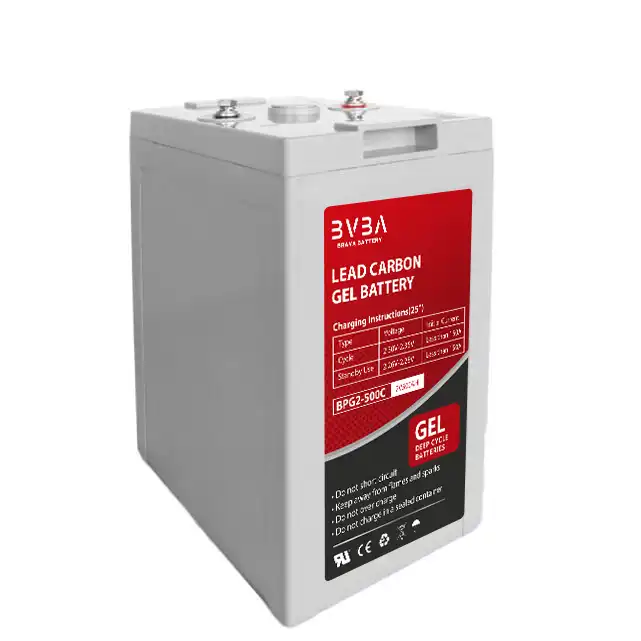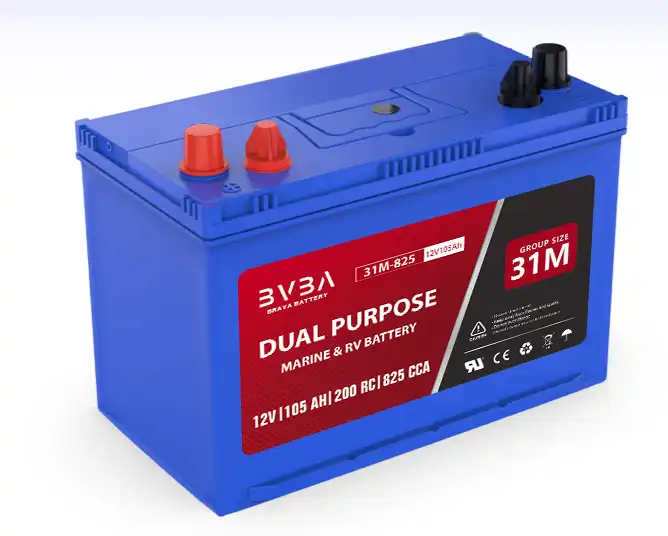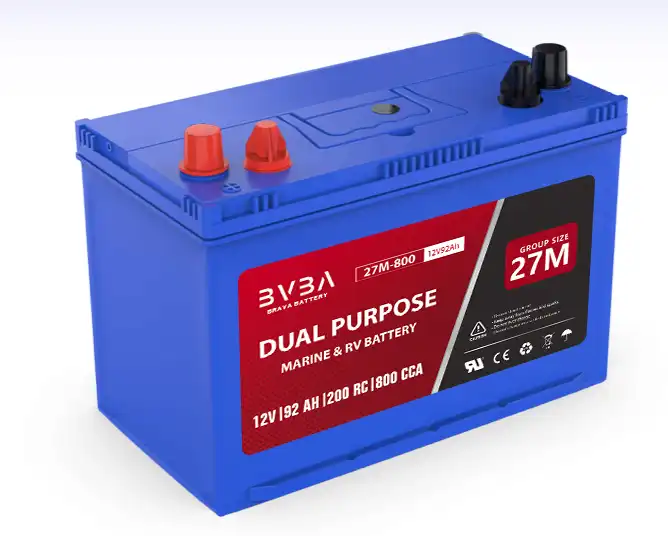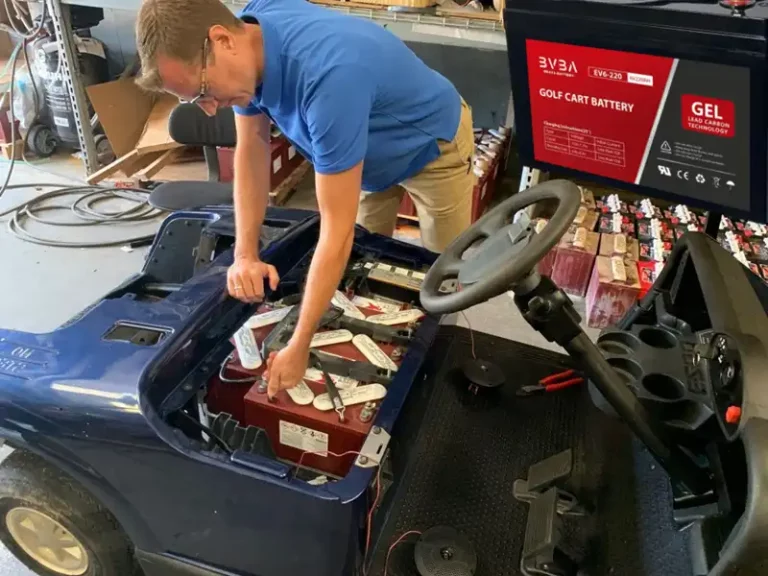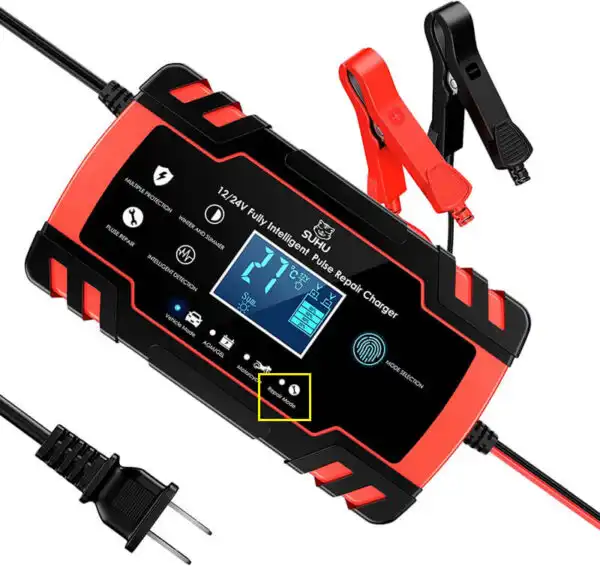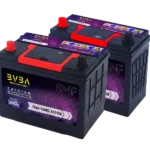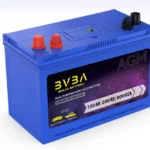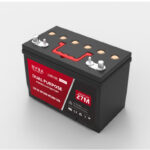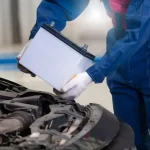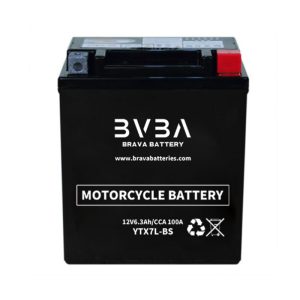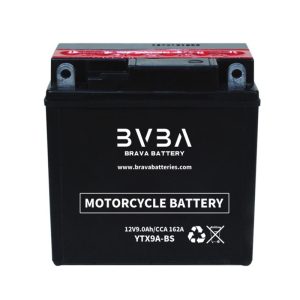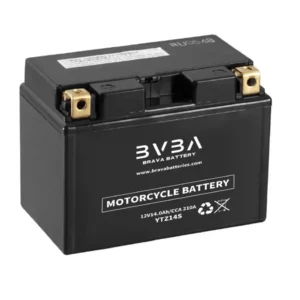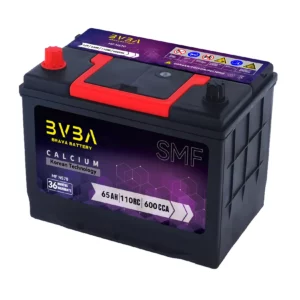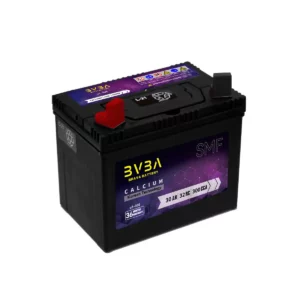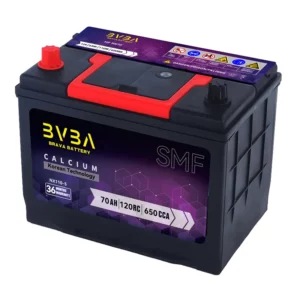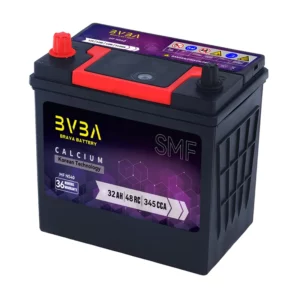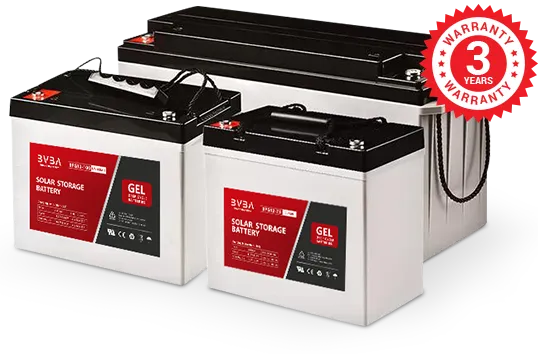15 Reasons Why My Car Won’t Start
There can be many reasons why your car won’t start, even if you have your regular car maintenance done.
Here’s a run-through of the more common ones and what you can do about them:
1. Dead Battery
Your car battery is an important electrical component that stores the power necessary to run your vehicle. If you have a dead car battery (one that contains no power), it won’t start.
How can you tell if you have a dead battery or a flat battery?
Here’re some tell-tale signs of faulty car batteries:
- During an engine crank, you won’t hear the engine turning over
- You don’t see the instrument panel or dashboard lights turn on
- It’s hard to start your car on a cold morning
- Flickering or non-functioning headlights
- The dome light won’t turn on
- Your car displays the battery symbol, hinting at your battery troubles
What can you do about it?
Always keep a jumper cable in your car’s trunk for emergencies like this. You’ll need another car’s good battery or a portable jump starter to charge your weak battery.
If you don’t know how to jump start a car with a jumper cable, look at your owner’s manual for help or call a mechanic.
A mechanic will use a battery tester or multimeter to analyze the state of your car battery. If the battery voltage reading is low, you may have a weak battery and will need to charge or replace the battery.
2. Bad Battery Connection
Cars won’t start if the cable connections on their car batteries are ripped or loose.
Another probable cause could be a corroded battery terminal that’s blocking the flow of electricity.
What can you do about it?
First, turn off your car.
Then try to twist and turn the cable connections at the battery terminal. If they move, the battery terminals are loose, and you need to make them tight.
However, if they aren’t loose but corroded or dirty, you should clean the battery terminals before reattaching or getting them replaced. Since this requires working with metal tools around a car battery, it’s best to have a professional handle the battery corrosion or bad connection situation for safety.
3. Bad Alternator
Another electrical component, the alternator, is a generator responsible for distributing electricity to the car and recharging the battery.
If your car won’t start, but your battery is fine, chances are you have a bad alternator.
This is another charging system issue, like a dead battery, that won’t let you start your car.
How can you tell if the alternator has a problem?
- An electrical component like the dome light or other interior lights may start bright and then go dim
- The battery symbol or check engine light may turn on
- You smell something burning because the alternator works with belts
- You’re facing problems with the stereo system output
What can you do about it?
Have an expert look at your car because if the alternator is in bad shape, you’ll need a replacement. Sometimes it can even damage your car’s battery, so it’s best to get it checked out ASAP.
4. Your Car Isn’t In Park Or Neutral
If your car is in gear, it won’t start.
It has to be in park or neutral.
What can you do about it?
Move the gear to neutral and see if your car starts.
You can also try pushing the brake pedal.
If you own a vehicle with a manual transmission, then push down the clutch pedal.
Note: If your car starts even though it’s in drive gear, or it starts just in park and not in neutral or vice versa, it might indicate a bad neutral safety switch, which can be very dangerous.
You should seek professional auto repair help right away.
5. Faulty Fuse
Car fuses are components that protect the electrical wiring in your car and any vehicle. And if that’s faulty or the fusible links are damaged, your car wont start.
A damaged or blown fuse can prevent power from reaching the starter relay, which is needed to provide the spark, the ignition, and the power to move your vehicle.
What can you do about it?
Start by checking your car owner’s manual to locate the fuse box. Then examine for a blown fuse or visible wire damage.
If you spot it, call for a mechanic to come over and repair it wherever you are!
6. Bad Fuel Pump Relay
Another component you’d want to check if your car won’t start is the fuel pump relay.
It’s an electrical component, mostly found in the fuse box, that relays the power required to draw the right amount of fuel via the fuel pump to the combustion chamber.
Here are some signals that indicate a faulty fuel pump relay:
- The engine stalls or won’t start
- Check engine light turning on
- No noise from the fuel pump
- Inconsistent acceleration
What can you do about it?
The fuse box typically has more than one relay, for different functions. The easiest way to confirm a bad relay is to swap them and check if the issue resolves.
But remember, this method may not be useful if all the relays are faulty.
In that case, you should get your fuel system checked by a certified mechanic.
7. Issues With The Ignition Switch
The ignition switch moves power from the car battery to the car’s components.
When there’s an issue with the switch, there’s no power in the starter motor or ignition system, and your car won’t start.
While issues with the ignition switch aren’t the most common causes for your car to stall, it can still go bad.
Your vehicle will communicate this through signs like:
- The vehicle won’t start
- The car key won’t turn
- You won’t hear any noise from the starter motor
- The vehicle’s dashboard may flicker
- The instrument panel may not light up
Keep in mind that another probable reason behind the ignition keys not turning could be your car’s safety system.
This feature locks the steering wheel to prevent any accidental moving. All you need to do in this case is to move the steering wheel in either direction while turning the key.
Note: If your ignition switch is always in the on position, constantly powering the fuel pump, it’s another sign of a bad ignition switch.
What can you do about it?
The easiest way to deal with a bad ignition switch is to carry a lighter keychain with fewer keys.
A heavy keychain can put a strain on the ignition switch when you insert the key because the switch is right behind the ignition lock cylinder (the place where you insert your car key).
And if you’re sure you have a bad ignition switch and not a bad battery or faulty alternator, get in touch with a mobile auto repair solution to get it fixed ASAP.
8. Dead Key Fob Battery
If the engine crank fails when you press Start in your push-start system car, it’s possible your key fob has issues or is dead.
With a dead key fob battery, the button won’t receive any signal from the key fob, and your car won’t start.
What can you do about it?
Just replace the dead car key fob battery. You can use a coin or a small screwdriver to open the battery cover. The battery will look like a silver coin or button.
Look for the numbers on the battery and buy one that matches to replace it.
If it still doesn’t work, call a mechanic over to help.
9. Bad Starter Motor
The starter motor is a device that rotates an internal combustion engine to kick off the engine under its own power.
It has a smaller cylinder-like component attached to it — the starter solenoid — which transfers the electrical current from the battery to the starter motor to crank the car’s engine.
If the starter motor or the starter solenoid is broken, your car won’t start when you turn the ignition key on.
So how can you tell if you have a faulty starter motor or starter solenoid?
Here are some signs:
- Your car’s engine won’t start
- Your engine crank might be extremely slow
- When you start the car’s engine, you might notice a grinding or whirring noise
What can you do about it?
If you notice any of these signs, you could have a bad starter or starter solenoid and might need to get it replaced by a mechanic.
10. Bad Spark Plug Or Broken Distributor Cap/Rotor
Your car needs the right air-fuel ratio (fuel pressure) and the spark to initiate the combustion system.
If you have a good battery and enough fuel in the gas tank and your car still won’t start, chances are you have a bad spark plug.
Why?
A bad spark plug will prevent fuel ignition, and the vehicle won’t move.
Here’s how you can spot a bad spark plug:
- Notable reduction in fuel economy
- Acceleration issues
- Engine misfires
- Rough idling
Additionally, your distributor cap or rotor might be broken.
What are they?
A distributor is responsible for regulating electricity to spark plugs igniting the fuel. It directs high voltage current from the ignition coil to the spark plugs.
It has a rotor or rotating arm inside a distributor cap, which is the cover protecting the distributor’s internal parts. The cap also holds the contacts between the internal rotor and the spark plug wires.
Now, if the distributor cap isn’t on tightly or the rotor doesn’t operate properly, the spark won’t travel.
What can you do about it?
Bad spark plug signs aren’t easy to spot and can often occur alongside issues with other vehicle components. It’s best to have your vehicle inspected by a professional mechanic to confirm if you have bad spark plugs, distributor caps, or even a damaged ignition coil.
11. Timing Belt Needs Replacing
The timing belt is an internal engine component. It’s a rubber strip that rotates the cam and crankshaft in your engine at the proper time.
If it fails, your car’s engine won’t function.
You may hear the starter motor engage but not turn over or even hear a ticking sound from under the hood.
This is a lesser-known issue, but a timing belt can break while the car’s engine is running, damaging the engine.
What can you do about it?
The only solution to fix a broken timing belt is to get a replacement done by a mechanic.
Note: Some cars come with a timing chain instead of a timing belt. It usually lasts longer than the rubber belt. However, if a timing chain breaks, you’ll still have to call a mechanic to get it fixed.
12. Not Enough Gas In The Fuel Tank
This may seem obvious, but if you have a good battery, spark plug, and alternator, check if you have enough fuel in your car.
The lack of fuel in the gas tank is a very common reason a car won’t start.
What can you do about it?
Ensure your gas tank has plenty of fuel before hitting the road, and try not to let your tank run low often.
Your vehicle may even suffer from a frozen fuel line during the winter. Remember, the emptier a gas tank or fuel tank, the more space there is for water vapor to form and freeze inside your car’s fuel line.
And lastly, if your fuel often empties to the point that your car won’t start, get your fuel reading gauge checked. It’s possible the gauge is broken and can’t show you the right reading at the right time. A mechanic will also detect any other underlying fuel system issues.
Note: Sometimes, your car won’t start when the engine is flooded with fuel. This is more likely to happen in an older car with a carbureted engine.
The excess fuel can wet the spark plug, and you’ll notice that the engine cranks but won’t fire. In this case, try pressing the gas to the floor and holding it there while you crank the engine.
13. Clogged Fuel Filter
Fuel filters help screen debris and rust particles from the fuel, and deliver clean fuel from the gas tank to the fuel injector.
Since its job is to stop contaminants and other filth from entering the engine, a fuel filter is bound to get clogged sometime down the lane.
Now, if the fuel filter gets clogged partially, your vehicle will run. However, a completely clogged fuel filter won’t let you start your vehicle. The same can happen if the fuel injector nozzle gets clogged with debris or rust.
In any case, the engine won’t receive any fuel from the fuel tank because of reduced fuel pressure.
What can you do about it?
Ensure that you add high-quality gasoline to minimize the risk of debris in your vehicle’s fuel system.
Next, check your owner’s manual. Your manufacturer will have mentioned how often you should change fuel filters. Then make it a habit to get it changed as necessary by a professional before you suffer a severely clogged fuel filter.
14. Ground Cable Wiring Problem
The ground cable is the heavy black battery cable that connects the negative terminal of the car battery to the car’s body. It’s also known as the negative battery cable, ground wire, or ground strap.
Almost every electrical component of your car flows through this battery cable, making it the foundation of the entire vehicle’s electrical system.
If there’s an issue with it, it’ll stop your car from starting because the power flow will be cut off. This implies that the engine power won’t be able to crank your car’s engine.
The car battery won’t start, not even click, but everything else works fine in the car?
Loose Battery Connection
Somehow the battery terminals got loose, tighten it and it will solve the problem. It happened to me before.
Jump Start
In my latest case, even tighting the termainsl didn’t work. I had to get a jump start. Even with jump start the car was reluctant to start and then it started only we started the other car. The increased amperage solved the problem. Could it be the battery, No. I had new battery installed 2 weeks ago.
Ignition Switch
This is the likely cause if all other lights work but your car does not click. This is the switch you turn in the key or it could be part of it that is connected to that mechanism in the steering wheel. To troubleshoot this, turn on all your lights, try to start the car. If the light dim considerably, your ignition switch is OK. In my case, when I opened the ignition switch, I saw a bandage around the Ignition Switch that propted me, may be this is the problem but I am not sure yet.
Bad Starter
It could be that the starter is bad. It is good idea to check with a mechanic and see what could be the likely cause. A mechanic knows which cars comes with which problems. In some cars it is the starter that usually fails and that way you dont have to guess elsewhere.
Bad Solenoid
As another answer says, it could be just the solenoid that does not wants to engage.
Bad Ground
Again from another answer, the ground may be not good enough
Bad Starter Connection
So this seemed to be my problem in the first place 🙂 The car will not start, not even click but all lights are ok. Put a stick and touch the wire on the starter and wow the car starts! I wonder what really is wrong but it is just touching of that wire that makes the car from no-start to start.
If the engine cranks, but the car won’t start:
If an engine is cranking, but will not start, you know that your electrical is good. For the car to start running correctly, you need a few ingredients: spark, air, fuel, and compression.
Fuel:
If you suspect that the problem may be fuel related, there are a couple of solutions. If the weather is cold enough, your fuel line may have frozen, and would need to be thawed. Two more common solutions are:
Gas Tank is Empty
Even if your gas tank isn’t showing that the tank is empty, this could still be the issue. A miscalibrated fuel gauge can lead you to run out of gas.
Fuel Filter Needs to be Replaced
Check your owner’s manual to find out how often, or how long ago your fuel filter should have been changed. A clogged fuel filter will stop gas from reaching the engine. If you frequently run your car to empty, your fuel filter could look much worse.
No Spark
If your car will crank, but not start, you may not be getting a spark. A spark is used to ignite the fuel, allowing the car to start. It is possible to check for a spark yourself, but this is likely outside of the skill set of the average driver and should be left to a mechanic.
CAR Battery: | Automobile | | Truck | | Marine/RV | | Motorcycle |
Tags: CAR Batteries SMF Batteries CMF Batteries Wholesales Batteries CMF Batteries Battery Manufacturer

